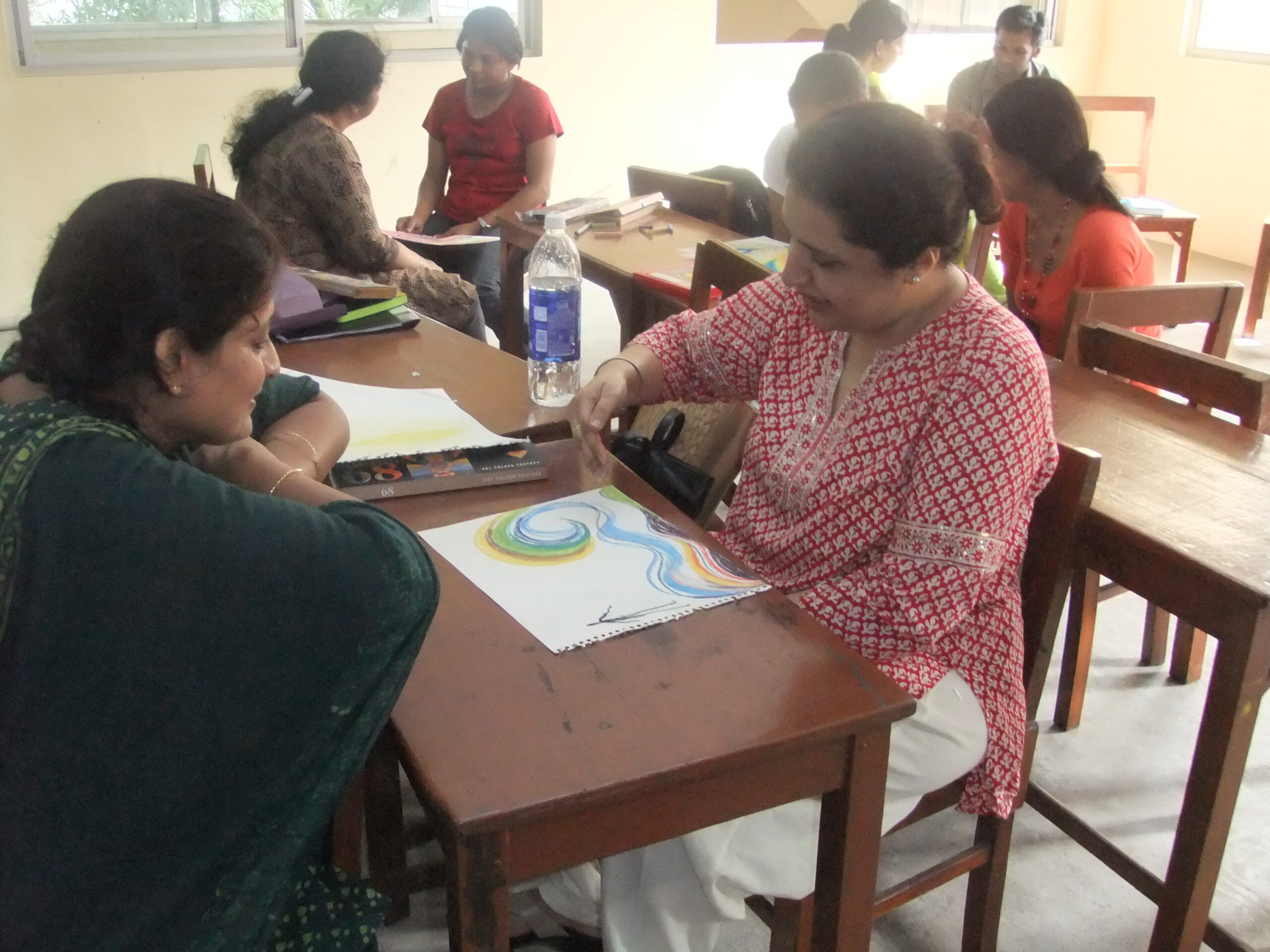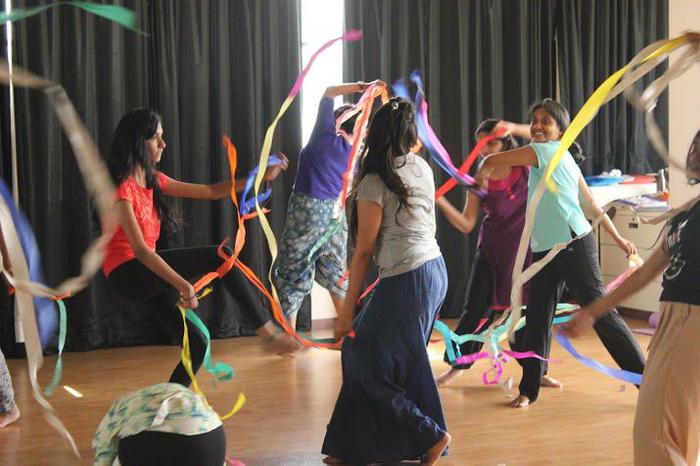The healing power of art

art is good for maintaining a healthy mind as well as for catalysing the process of healing or recovery from a trauma (MIG Photos/Richa Nigam)
“Art is an outlet for expression and creativity, just like crying is for grief,” Sumedha Kaul, a psychologist and an art therapist, based in Delhi, tells Media India Group.
“Creating art is not a skill. It is an essential part of being a human. You don’t have to possess artistic skills; you just have to allow yourself to perform. Be it on a canvas, on the dance floor, in a choir or even in a small corner of your room. The purpose is not to make oneself good at the art form, but to be better at expressing,” she adds.
Kaul says that art is good for maintaining a healthy mind as well as for catalysing the process of healing or recovery from trauma, grief and mental distresses. “While many find it debatable as art itself is very subjective in nature, and has even been a cause of distress for artists in the past, but we have been taught that as long as it remains a hobby and one doesn’t commercialise it, chances of art causing stress are negligible. In fact, many studies have shown that people tend to turn towards art automatically as an escape from anything that has been causing stress,” explains Kaul.
A recent study of adult mental health during the Covid-19 pandemic, at the University of Calgary, Canada, backs up Kaul. The study has found that more than a fifth of the 70,000-person sample collected, engaged more with arts during lockdown than before. Researchers have also found that Google searches, for lyrics of the prayers people perform, have reached their highest ever levels at this time, with many finding meaning through psychology and philosophy.
Kaul goes on to say that most patients with some mental issues do not realise that they have been searching for an outlet of their expression, but as they often lack self-confidence, they avoid expressing it publicly as well as in private. “I know of patients who write amazing things in their personal diaries. When I flip through the pages and read what some of them have written or drawn, it amazes me. But at the same time, it is too tiresome for me to convince them to do it regularly. Most often, patients do not even mention their hobbies or art forms they like because of low self-esteem,” she says.
It becomes very difficult for the psychiatrists and psychologists to recognise what their patients might be good at and what would keep them engaged and distracted from issues that trouble them. For such patients, Kaul says she has been trained to identify very minute details about how a person behaves while talking or when alone. She says that she asks people to draw and sketch or even just scribble when she notices her patients scribbling while talking or sitting idle.
“I have also noticed that some people humming or tapping their feet to match the beats of a song while I’ve left them alone. They immediately stop as soon as anybody enters, thinking that it will cause them embarrassment. But the truth is that it is their natural instinct. This is what relieves them and calms their anxiety, even if they don’t do it consciously,” she adds.
“And it is my duty to make them conscious of it and ask them to do it mindfully whenever they feel anxious. It might not be a sure-short cure for any issue but it catalyses the process of well-being and healing tremendously when patients become aware of themselves,” says Kaul.
Shrutipriya, a 35-year-old school-teacher and a mother of a four-year-old son, got a divorce early this year and had been suffering from depression since the past seven months. Priya says that she even had suicidal thoughts for about a month in the mid of the Covid-19 lockdown as she couldn’t bear living alone and isolated for an indefinite time, on top of that, she was also unsure about her decision and how she would she plan to spend her life without her now estranged husband.
“I was alone, vulnerable and totally not in a position to support myself financially or even run my household. I had a major pay-cut at my private job. I had to take care of my child all by myself and on top of that, I had people telling me that I had ruined my son’s and my own life by getting divorced,” says Shrutipriya.
When she found no other outlet for her feelings, Shrutipriya turned to her favourite hobby – dancing. She first started dancing as a way to keep her little son involved in some activity but gradually, she says, it had become an escape from the sadness that would decline her mental health.
“I went to see Sumedha (Kaul) when I had suicidal thoughts. She asked me about what I liked doing and I had nothing to say. She talked to my son and he told her about our dancing hobby. That is when she pushed me to dance more often. Though I ignored her advice at first, I started dancing almost every day later on and it would make me happier. It was like finding my old self back, that I had lost years ago,” adds Shrutipriya.
Shrutipriya is but only one of the thousands for whom their art has worked as a therapy, Kaul says, there are too many aspects to this debate and too many things to talk about. “The only thing that stays common among most patients is that when they feel unloved and unwanted, their hobbies and art form gives them a hope they can cling to, makes the process easier and keeps them busy in something creative rather than being engaged in toxic thoughts,” she adds.










